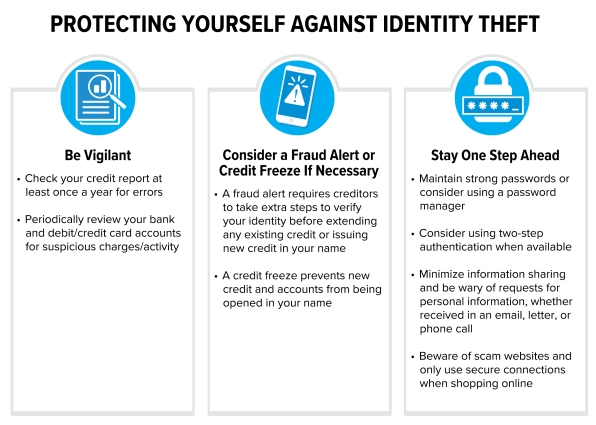If you had let EVERY bit of BAD NEWS over the last 30 years keep you OUT of the market,
what would you have missed?
If you think THIS Iranian/Oil ‘crisis’, or threatening geopolitical situation is much different,
keep your head in the sand!
But should you realize that it too shall pass, that the market is simply stronger than the crisis Du Jour,
then PLEASE call me.
And we’ll get through it, plan for your financial future & retirement and your children’s’ education together!
DON’T MISS OUT ON THE HISTORY OF THE MARKET!
It is just too strong to ignore. Maintain perspective.




